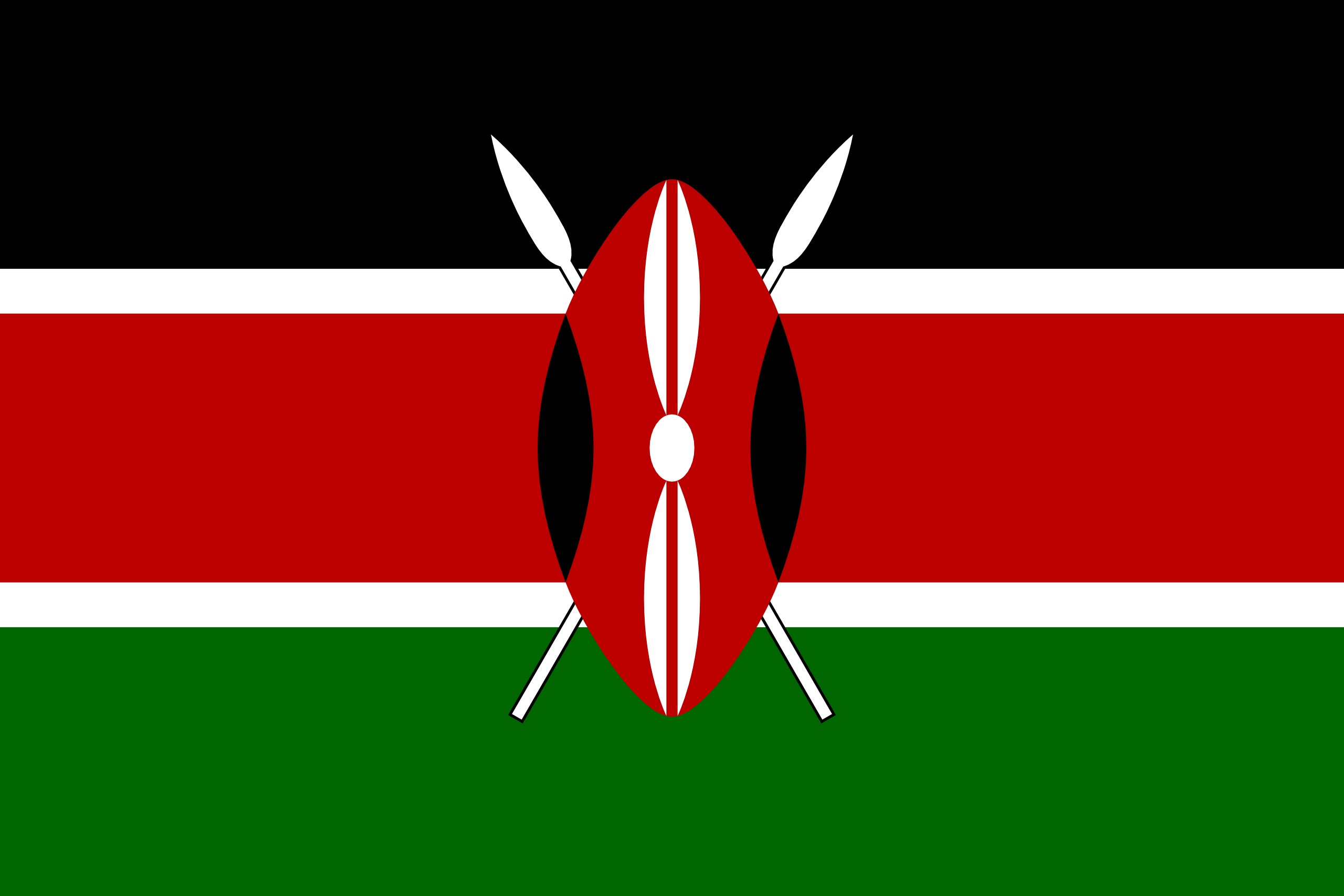The Regional Mobile Assisted Reproductive Technologies (ARTS) Centre has been launched by the African Union – InterAfrican Bureau for Animal Resources, the Government of Kenya, the Kenya Agriculture and Livestock Research Organisation (KALRO), and the Kenya Animal Genetic Resources Centre. The centre will offer Artificial insemination (AI), Estrus synchronisation (ES), Sexed semen and semen sexing agents, Multiple Ovulation Embryo Transfer (MOET), In vitro Embryo Production (IVEP), and Ultrasound as a supporting diagnostic technique.
The Regional Mobile Assisted Reproductive Technologies (ARTS) Centre has been launched by the African Union – InterAfrican Bureau for Animal Resources, the Government of Kenya, the Kenya Agriculture and Livestock Research Organisation (KALRO), and the Kenya Animal Genetic Resources Centre. The centre will offer Artificial insemination (AI), Estrus synchronisation (ES), Sexed semen and semen sexing agents, Multiple Ovulation Embryo Transfer (MOET), In vitro Embryo Production (IVEP), and Ultrasound as a supporting diagnostic technique.
The introduction of this technology is part of the European Union-funded Sustainable Development of Livestock for Livelihoods in Africa – Live2Africa’s initiative. One of the main interventions highlighted is the need to strengthen the technical and infrastructural capacity of technology adoption and uptake in order to increase the effectiveness of livestock value chains. Therefore, it is essential to identify and facilitate the mainstream use of available technologies and delivery mechanisms, particularly for the dairy value chain in Eastern Africa.
It is important that the use of assisted reproductive technologies (ARTs), while addressing technical gaps and averting past errors, holds promise. The application of ARTs permits the acceleration of genetic progress in dairy cattle. In Africa, the demand for dairy cow heifers is growing faster than the supply, so there is every reason to anticipate a widening supply-demand gap in the future decade. Breeding programmes can be improved and optimised through the use of reproductive techniques, which permit the spread of desirable DNA and increase the reproductive capacities of dairy animals. These include Artificial Insemination, Estrus Synchronisation, sperm and embryo sexing, Multiple Ovulation and Embryo Transfer, and in vitro Embryo Production.
Read Also:
https://trendsnafrica.com/livestock-and-fisheries-sector-development/
https://trendsnafrica.com/mozambique-imposes-ban-on-import-of-livestock-from-malawi/
https://trendsnafrica.com/somalias-livestock-exports-plummet-due-to-low-key-hajj/
Despite the fact that these technologies offer numerous benefits, some end-users, specifically pastoralists, are hesitant to adopt them. In order for the target group to remain in the knowledge classification and to have easier access to high-quality genetic material, it is essential that all levels of capacity-building are maintained continuously. It was deemed necessary to establish a Regional Centre of Excellence on ARTs that will be hosted by the Kenya Agricultural and Livestock Research Organisation (KALRO). The Centre will assist with training and production, thereby accelerating the adoption of ARTs in eastern Africa. This centre of excellence will also enhance awareness creation, thereby drawing the attention of policymakers to the benefits of ARTs, resulting in increased investment in the value chain for dairy livestock.





